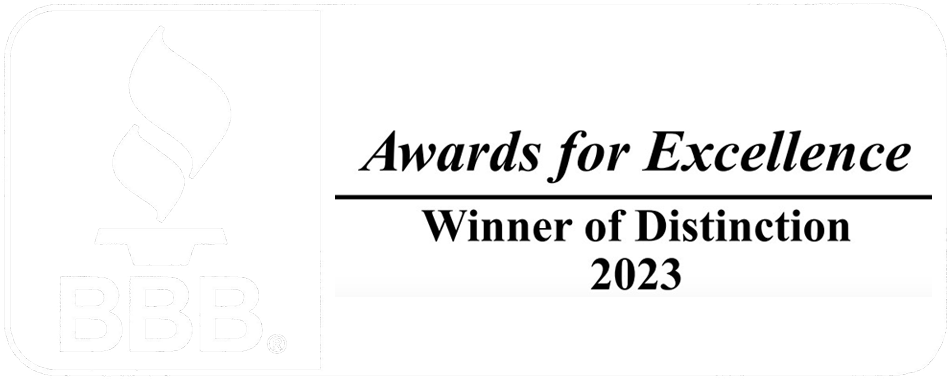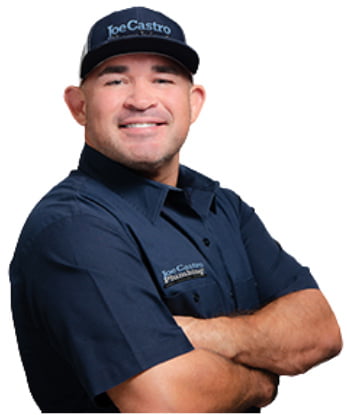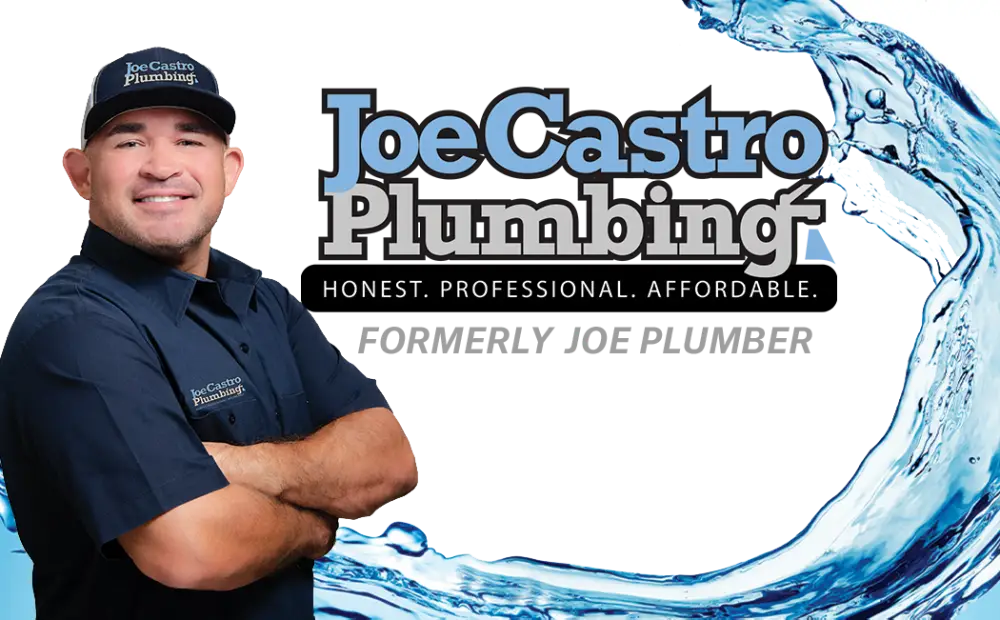If you’re like most homeowners, the cleanliness of the drinking water in your home is of primary importance to you. Did you know, however, that even water that has been treated by local water filtration facilities can still contain contaminants?
What’s In Your Drinking Water?
It’s normal for the water from your local treatment facility to contain a certain amount of impurities. Tests are constantly being conducted to measure how much of those contaminants are contained in the water and to make sure they remain at a safe level.
You may be surprised, though, to find out that such known disease causing chemicals as lead, arsenic, aluminum, cadmium, and others are frequently found in municipal water supplies. Of course, they are in a concentration that is deemed to be safe, but most people would prefer it if there were no contaminants at all in their drinking water. To that end, a whole-house water filtration system can be an effective tool for eliminating virtually all contaminants in your water.
A whole-house water filtration system can be equally important for homes that source their water from the well because these don’t have the benefit of being tested on a regular basis and can be susceptible to groundwater contamination.
How Water Filtration Works
A whole-house water filtration system usually uses four steps to purify your water.
1. Pre-filtration:
larger particulates and contaminants found in tap water are removed in this preliminary step. Any particle larger than 5 microns is removed, which is important for the prevention of clogging down the line.
2. Removal of chlorine and other chemicals:
in the second step of the process, chlorine and other chemical contaminants are eliminated. Chlorine, used in the treatment of tap water by public processing plants, while being crucial for neutralizing biological contaminants, can give your water an unpleasant taste and smell.
3. Activated charcoal:
the EPA recommends an activated charcoal system for all whole-home water filtration solutions. In this portion of the process, any remaining impurities are removed.
4. Waste removal:
the last step of the process involves flushing away all of the contaminants and impurities filtered out in the first three steps, so you end up with sparkling clean and fresh tasting water that is virtually free from any potentially harmful chemicals all the time.
Is Water Filtration For You?
Clearly, whole-house water filtration systems that employ an activated charcoal component are most effective for providing the cleanest and best tasting water for you and your family. They remove more impurities than other filtration systems can’t. If you’re interested in adding one to your TX home, contact us today for a quote.








